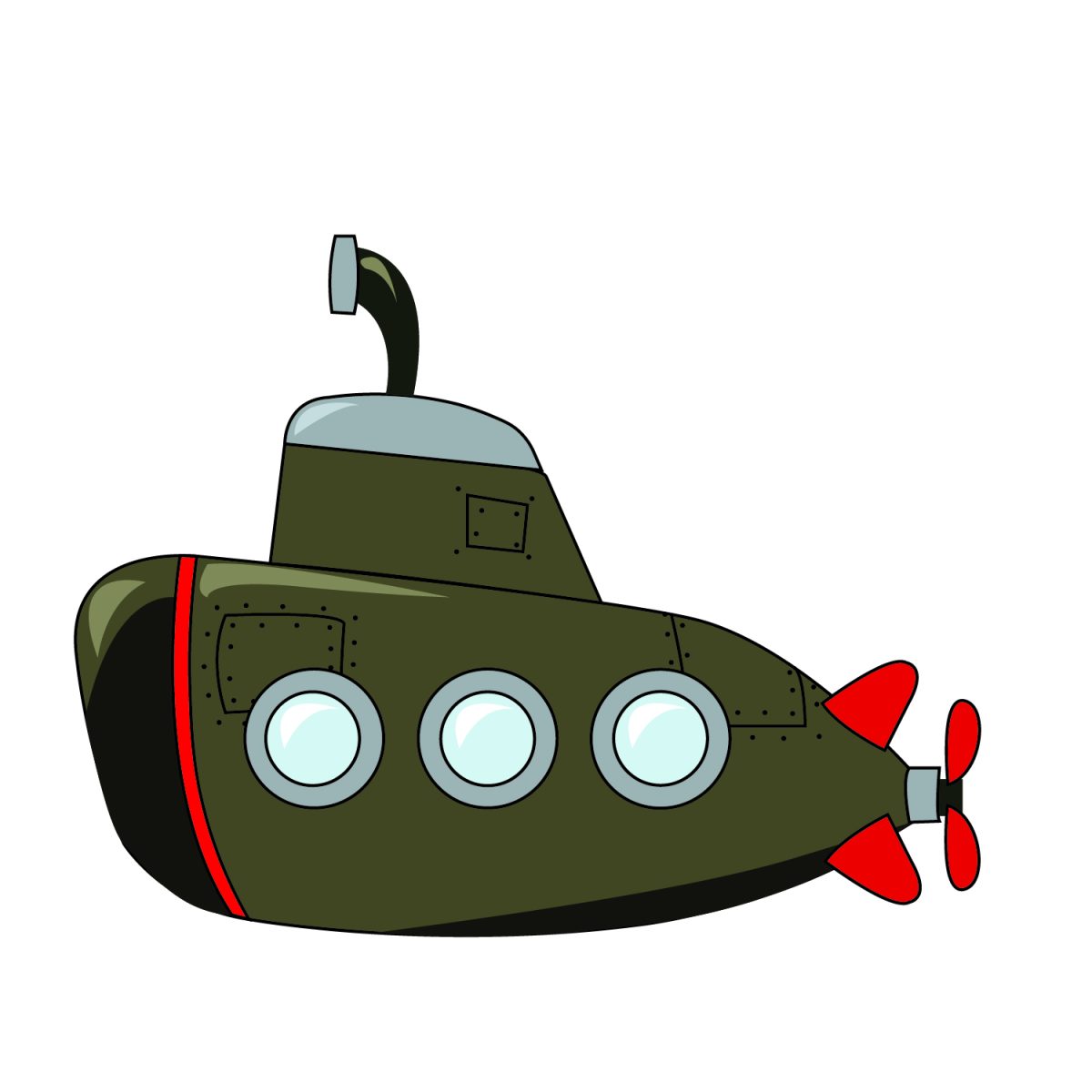The Portuguese navy intercepted a submarine on March 25, which was carrying 6.5 tons of cocaine about 925 kilometres south of the Azores Islands in the Atlantic Ocean. This is the largest seizure of a cocaine shipment transported via a narcotics submarine.
The bust, dubbed Operation Nautilus, amounts to nearly a quarter of the record 23 tons seized across the whole of 2024 in Portugal which is one of the first points of entry for the drug into Europe. Drug traffickers have been caught using semi-submersible vessels to smuggle cocaine while attempting to evade detection.
The narco sub reportedly departed from the mouth of the Amazon River along Brazil’s coastline when authorities arrested five crew members who were citizens of Brazil, Columbia and Spain. Authorities believe the sub was bound for an unknown destination on the Iberian Peninsula.
Besides the Portuguese navy and air force, international partners including the U.S. Drug Enforcement Administration, the British National Crime Agency and the Spanish Guardia Civil contributed to the bust according to Portuguese police.
The cooperation underscores the importance of cross-border law enforcement efforts in tackling the growing problem of cocaine smuggling into Europe, particularly through Portugal, which is often a primary entry point for South American drugs.
In recent years, European authorities have intercepted a growing number of semi-submersibles, particularly along the Iberian coast, though these vessels are often found empty or sunk by the crew when discovered.
The semi-submersible vessel, designed to evade detection, was one of several similar craft intercepted in recent years. While these “narco subs” cannot fully submerge like traditional submarines, some are capable of briefly dipping underwater, making them harder to spot. Transatlantic drug trafficking networks are using semi-submersibles more often, as their design allows for larger cocaine loads and longer-range missions.
These vessels are commonly used for short trips along rivers and coastlines in South America, typically carrying around 2.5 tons of cocaine due to size limitations. But recent upgrades in construction and design, coupled with their low detectability at sea, have enabled them to travel longer distances and carry heavier shipments across established maritime trafficking routes.




